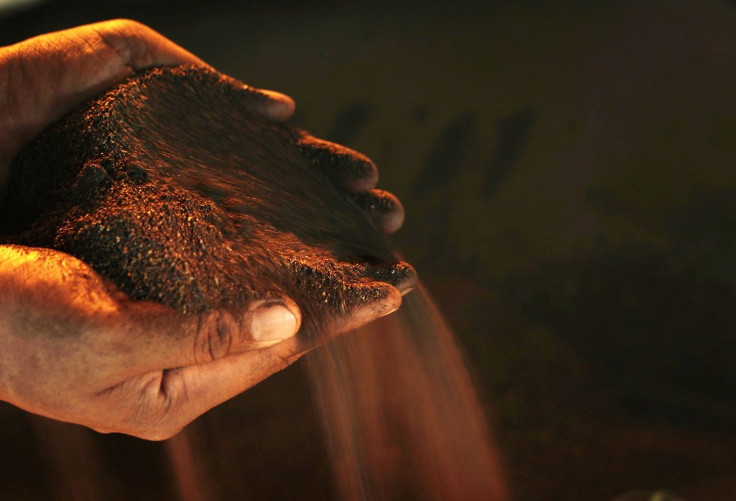Multinational banks, miners expect bull market rally for nickel

Investors could finally witness the occurrence of the “long-running” narrative about the supply scarcity that could change nickel’s fate.
According to Stuart Burns of Metal Miner, the supposed deficit in global metal production caused by the Indonesian ore exports ban in 2014 could possibly start before this year ends. He said it could be a reality the moment HSBC’s wild prediction comes true.
The British multinational bank believes that a 53,000-metric tonne deficit in the nickel market this year will transpire due to an improved steel output in China. The deficit would pull metal prices up to a US$15,000 [AU$20,000] per metric tonne level as China’s stainless output grows at a CAGR of 3.8 percent until 2018.
To some analysts, however, the prediction appears to be farfetched, as nickel has barely hit the US$13,000 [AU$17,600] mark this year because of weak economic data coming from China. Currently, nickel prices hovers between US$12,000 and US$12,500 [AU$16,250 and AU$16,900] per metric tonne.
The recent market rout in China has also discouraged local steel makers to produce more steels and purchase more unprocessed ores from miners. For this year, economists are expecting yet another sharp fall for the country’s production by 3.5 percent, but HSBC remains unperturbed.
However, this could change the minds of some investors on the bourse and encourage them to risk on metals again as though it was 2014.
The past year was a strong season not only for nickel but also for the rest of the base metals segment. Over the course of the entire 2014, base metals experienced prolonged bull market rallies, punctuated only with numerous intermittent and short-term price drops.
This was also the year when ore producers focused on promising mining facilities that are enjoying attention from the international trading segment. These mining companies are perceived as the saving grace of the supply sector which was predicted to fall. Among which is exploration firm Amur Minerals (London AIM: AMC) , whose Kun-Manie site boasts of 90 million tonnes of ore reserve.
Amur is now a full-blown mining company after obtaining pre-production licence from the Russian government in May this year, and it is currently focused on upgrading its mining facilities to prepare for a possible global market appearance next year.
Bindura Nickel Corporation also believes that there could be a nickel recovery that would begin in the last quarters of this year. The company’s prediction even surpasses that of HSBC, saying that it could close at a staggering US$17,750 to US$19,000 a tonne. However, the company suggested that this price range could take place two years from now, stressing that nickel would never lose its relevance as an important global commodity.
“Nickel demand is forecast to improve in the near future and this will have a favourable impact on the price going forward,” BNC finance director Herman Jacobs told AllAfrica.com.
Morgan Stanley, despite lowering its 2015 price for all metals, sees a complete recovery in the first quarter of 2016.
"We have not observed any clear shift in the fundamentals of the metal trades during this latest price fall. Lack of inflation, emerging financial stability in Europe, and robust economic activity in the US are all bearish for gold. We expect further downside, if the miners start to hedge," the bank said in a statement on metals’ current prices.
The bank explained that the catalyst for a price recovery in 2016 is the investor-led selloff to be replaced by seasonal expansion in metal trade that would happen during that period.
Contact the writer at feedback@ibtimes.com.au, or let us know what you think below.





















